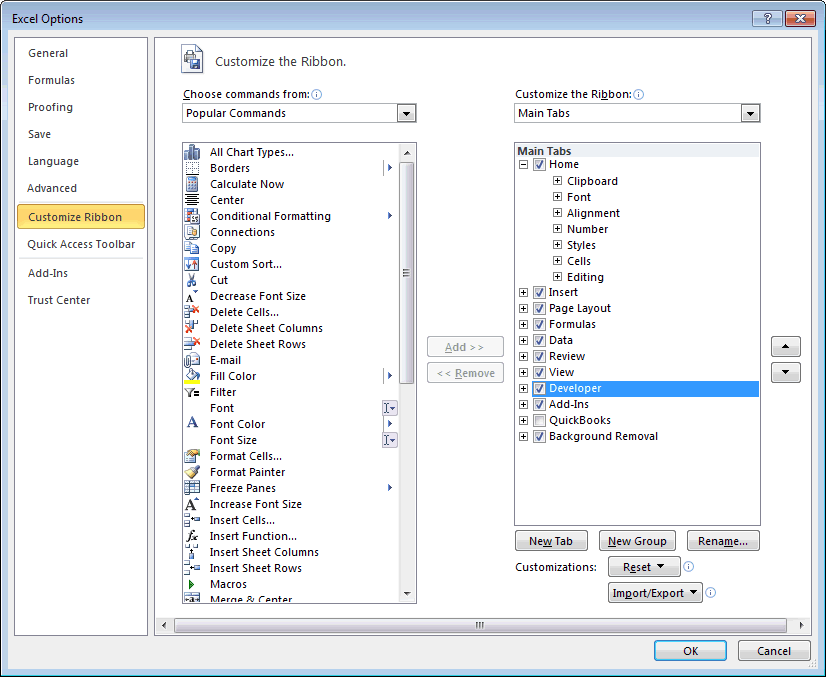

- #Visual basic for applications access 2010 code#
- #Visual basic for applications access 2010 windows#
When you are using a 64-bit version of Office 2010, however, pointers and handles areĦ4-bit values. This method of coding is precisely what was done for years.
.jpg)
Values and fit nicely into a Long variable. You run the statement on 32-bit computers running Windows, Key and NewKey are 32-bit
#Visual basic for applications access 2010 windows#
The Key and NewKey parameters above are Windows handles-a handle is a pointer. (ByVal Key As Long, ByVal SubKey As String, _ Sets up a call to the Windows RegOpenKeyA API for opening a Windows registry key: Declare Function RegOpenKeyA Lib "advapi32.dll" _ For example, the following Declare statement The Visual Basic Declare statement is commonly used to access Windows APIs, although itĬan also be used to call any DLL entry point. Thankfully, the 64-bit Visual Basic compiler helps identify these situations. So what does this mean to you as an Access developer? This means that you need to identifyĪll the places where a pointer could enter or exit Visual Basic and modify them. Stored pointers in Long variables will result in unexpected behavior for your applications-even possibly crashing.
#Visual basic for applications access 2010 code#
Since Long variables did not increase in size when moving to 64-bit, executing code that In fact, promoted this behavior for making calls to the Windows operating system. The disadvantage is that although "officially" there was no pointer data type, some Visualīasic code used Long variables to hold memory addresses as an "unofficial" pointer. In Visual Basic change their size when moving to 64-bit in particular, a Long is still 32 bits.

Works just fine with 64-bit Access without any modifications. TheĪdvantage is that since there are no pointers, most existing Visual Basic code in your applications Moving to 64-bit with Access 2010 has both advantages and disadvantages. Prior to Office 2010, Visual Basic had no official pointerĭata type. Situations in which a programmer needs to manage a pointer manually, in particular when Relieving them of the tedium of managing pointers themselves. One of the great things about Visual Basic is that pointers are managed on behalf of programmers, You are working on 32-bit systems, these pointers are 32-bit variables and on 64-bit systems, they are 64-bit variables. Learned earlier in this tutorial, pointers are variables that hold memory addresses. Issues when moving between different-sized architectures is the size of pointers. For any programming language, the biggest source of However, there are a few issues and opportunities In general, your Visual Basic code runs without With the creation of 64-bit versions of the Office 2010 applications, Microsoft has introducedĪ new 64-bit version of Visual Basic. Working with 64-Bit Access Visual Basic for Applications


 0 kommentar(er)
0 kommentar(er)
